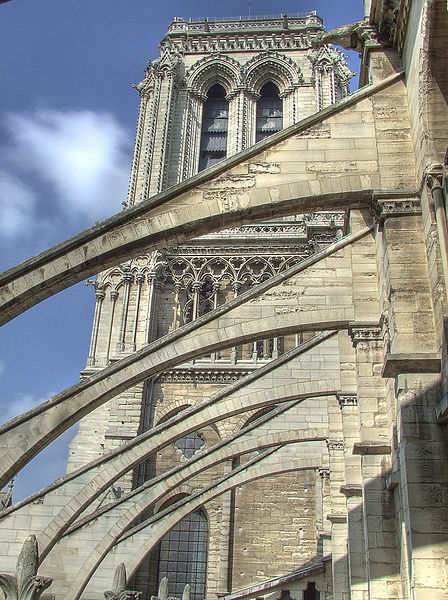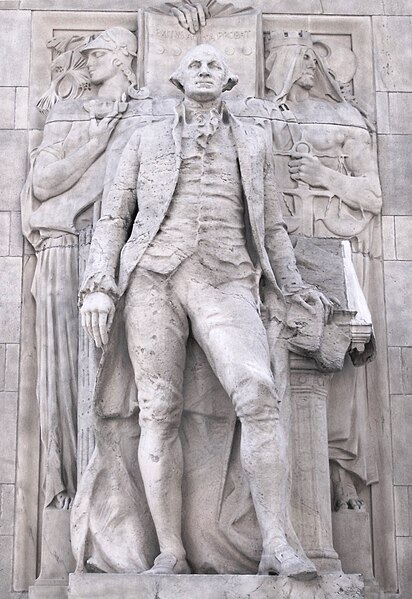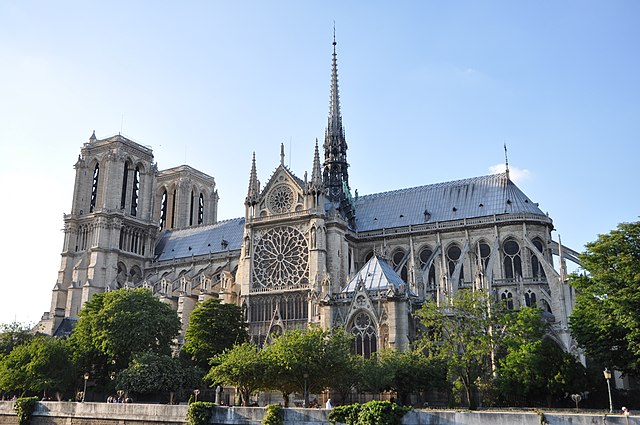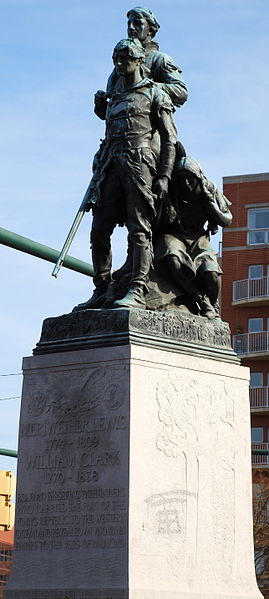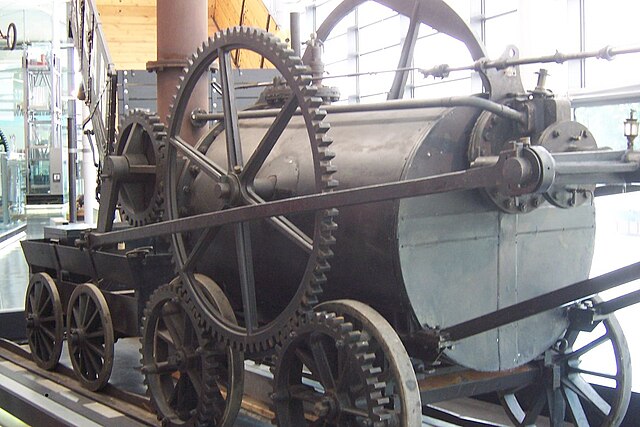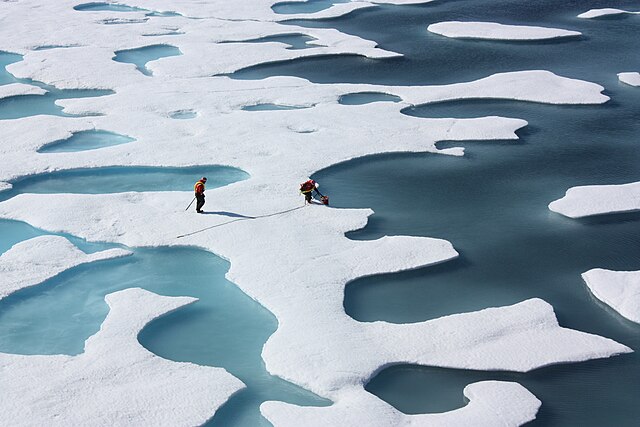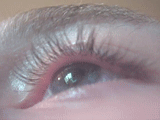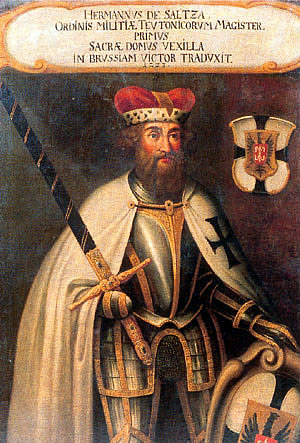We just learned about the Near Sightedness.
Another type of refractive error that people can have is called Far Sightedness, also called hypermetropia.
If someone is far-sighted that means they can see far away very well, but they can't see up close very well.
An easy way to remember that is that if you are "far-sighted" you are good at seeing far away.
A lot of people become far sighted when they get older, and they can not see up close as well as they used to.
This is one of the reasons that old people will hold something out in their hand with their arm stretched out as far as it can go, because they can see far but not up close.
Older people will also get what are called "reading glasses" meaning that they only wear them when they need to look at something up close like when reading a book.
If someone is young and far sighted then it usually means there is a problem with the shape of their eyeball, or their lens or cornea are not the right shape.
This makes the light coming into the eye not focus on the retina, but focus past it, so it doesn't send the right signals to the brain.
For old people it is because the eye muscles are weaker and can't focus the lens as well as they used to.

(from: wikipedia - far-sightedness)
Kid Facts - Blast from the past: Frenulum of Lower Lip




